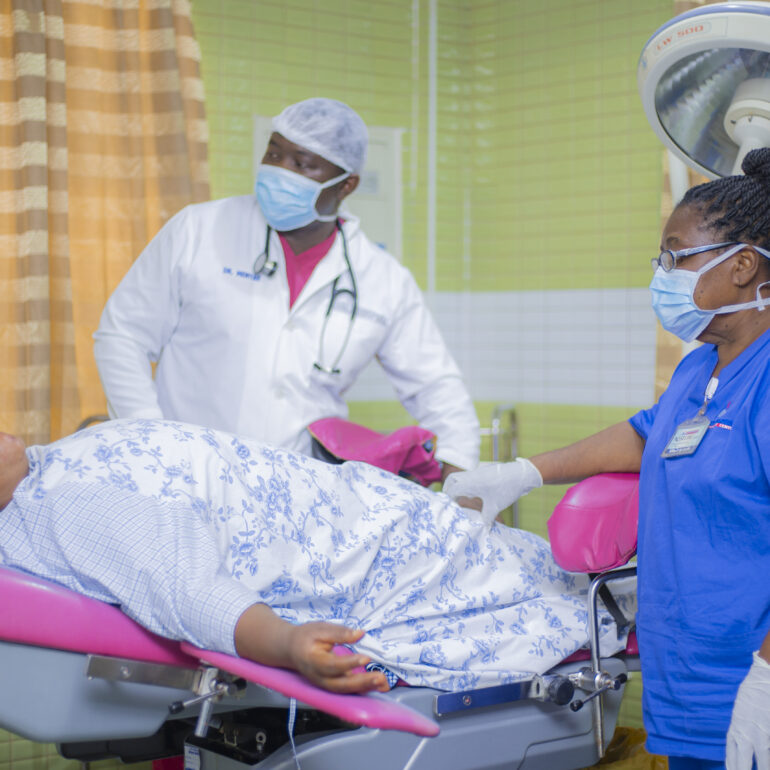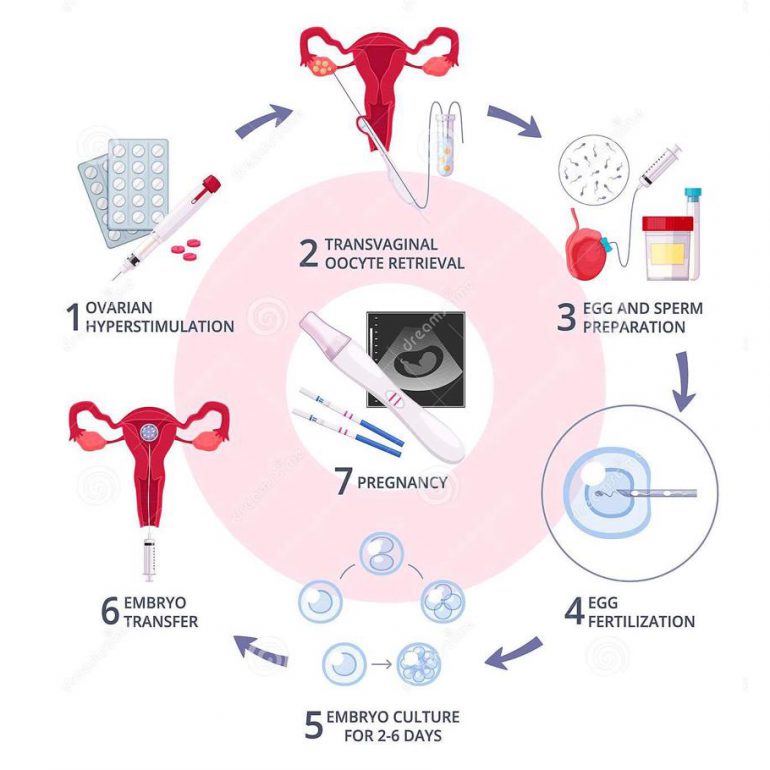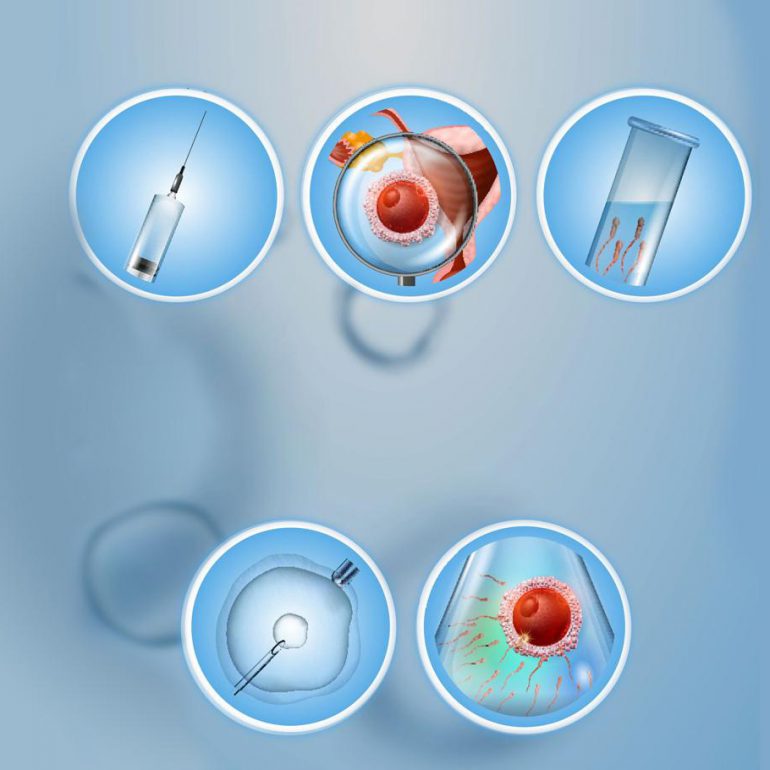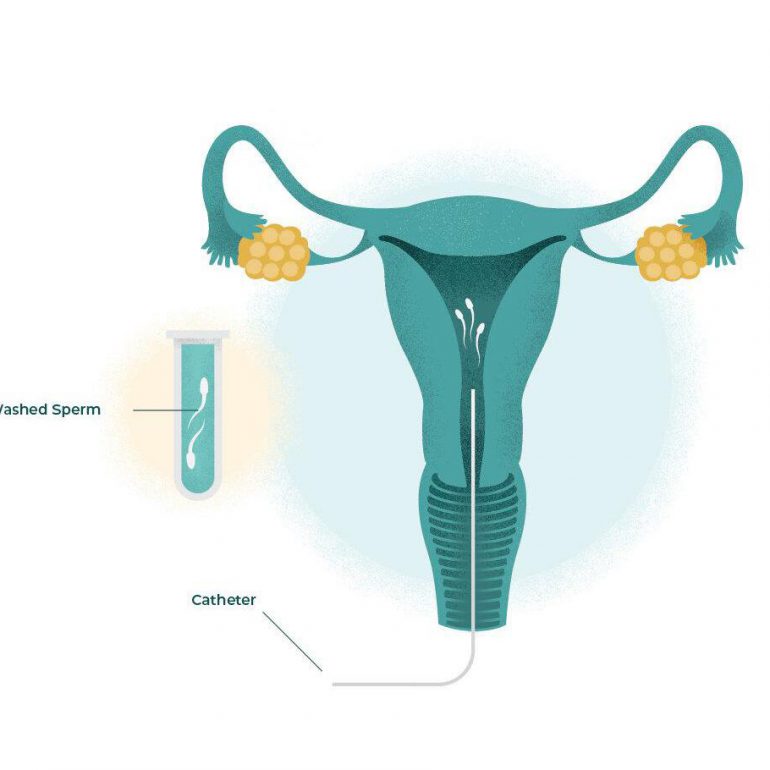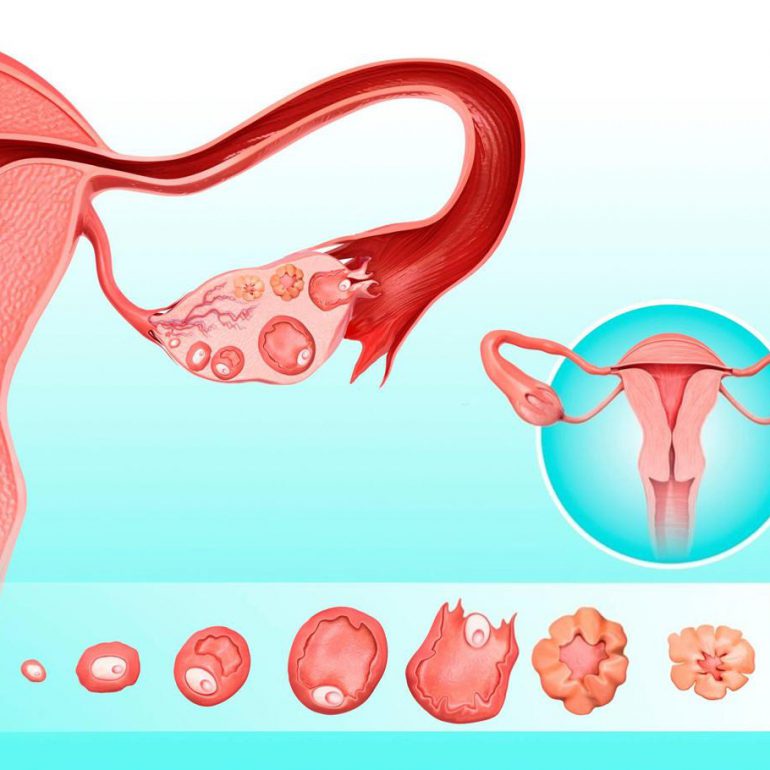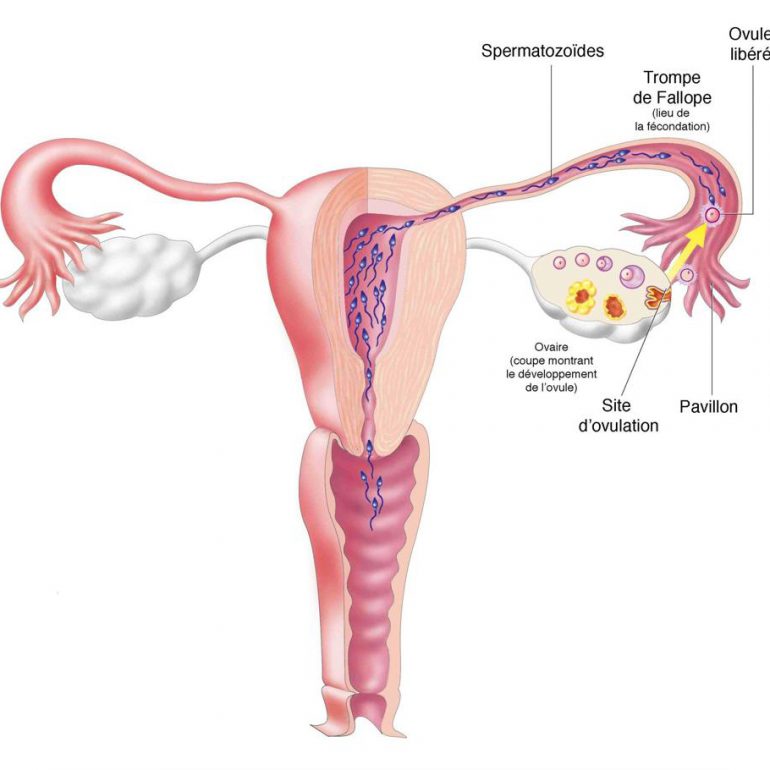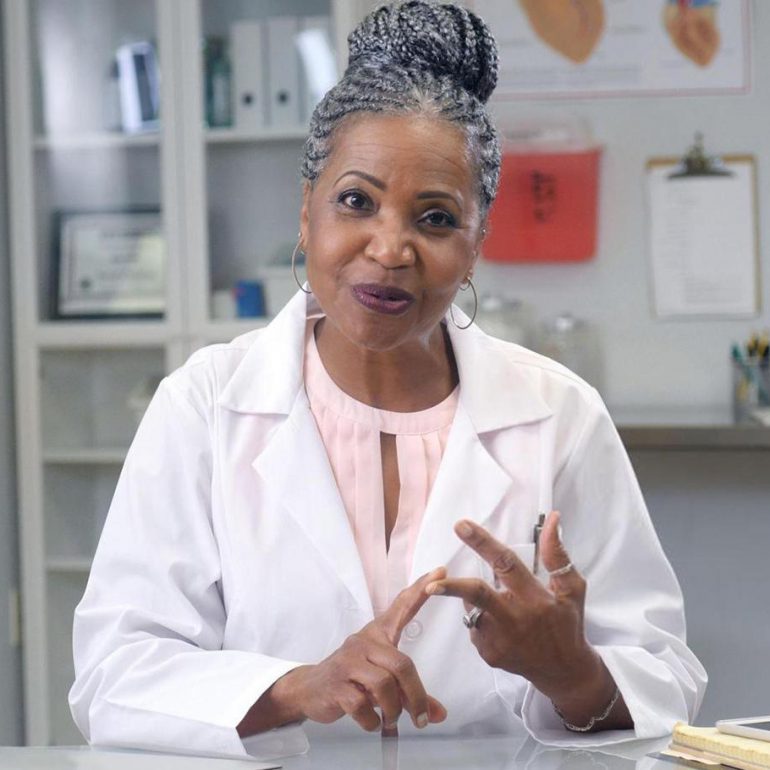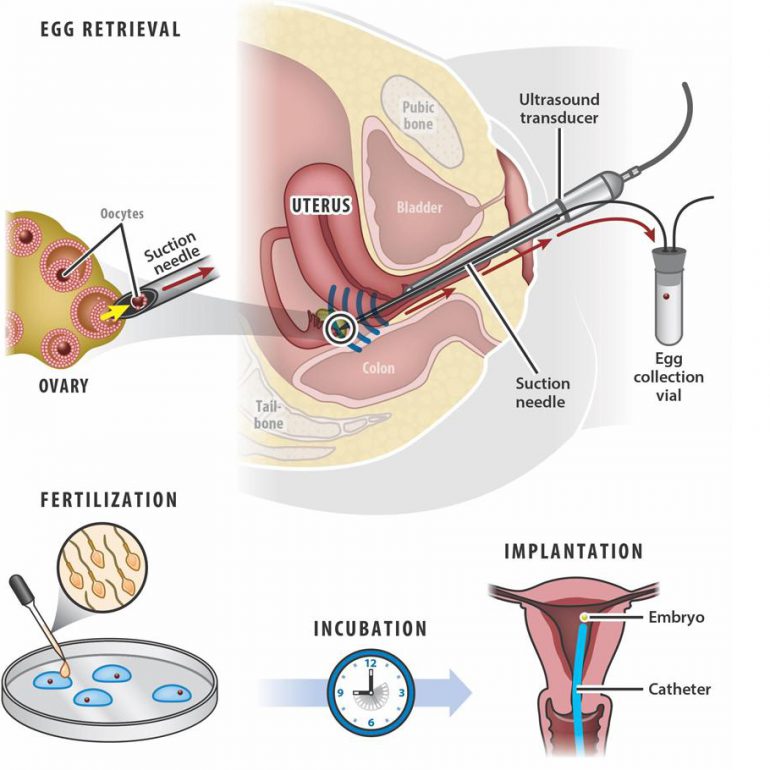
Finney Hospoital & Fertility Center
Step In Vitro
- Superovulation
- Egg Fertilization
- Embryo Transfer
- Egg Retrieval
- Embryo Grading
Superovulation
The first fertility drug that most women use causes the pituitary gland to release high amounts of FSH and LH (luteinizing hormone) for several days until its stores are depleted.
Since continued use prevents the pituitary gland from producing new supplies of FSH and LH, the amount of these hormones being released per day becomes very low after 7 to 10 days.
The goal that we achieve with the drug is to ensure that blood levels of LH are low during the last few days of follicle growth, since we know that high levels of LH can lead to poor egg quality and stimulate progesterone production by the ovaries.

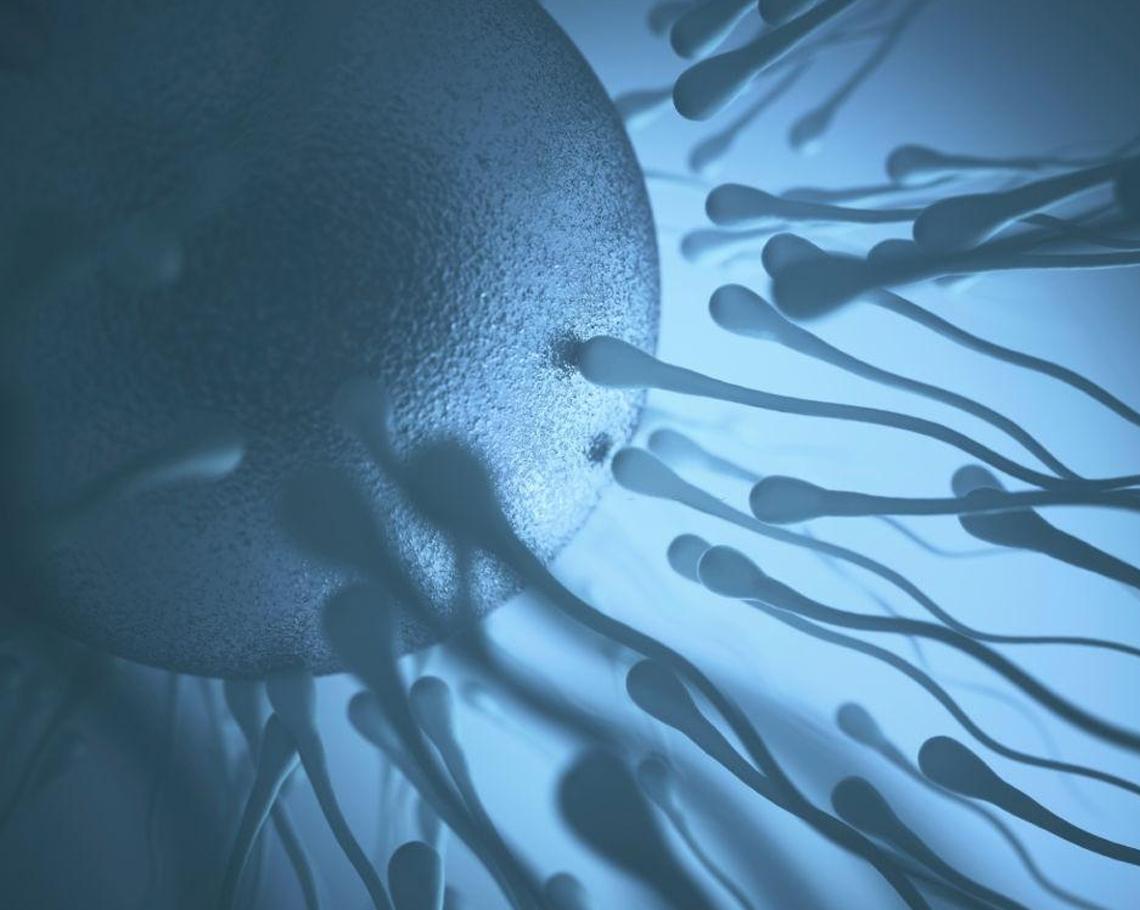
Egg Fertilization
In cases of normal sperm function, the eggs and several thousand sperm are placed together in a dish which contains a culture media. These dishes are kept in an incubator overnight and are examined under the microscope on the morning after the egg retrieval to determine which eggs have fertilized normally.
- An alternative method of achieving egg fertilization is called Intracytoplasmic Sperm Injection, or ICSI. An extremely sharp glass needle is used to inject one sperm directly into the center (cytoplasm) of the egg under the guidance of a specially fitted microscope.
Embryo Transfer
The number of embryos transferred depends upon the age of the patient, the quality of the embryos and the stage of their development. The procedure may sometimes be guided by ultrasound scan to check the position of the catheter.
The use of ultrasound scan during embryo transfer appears to increase pregnancy rates. After the catheter is removed, it is handed over to the embryologist who will check it to ensure that no embryos remain.
- All the embryos replaced are transferred at the same time. Implantation begins three to four days later.
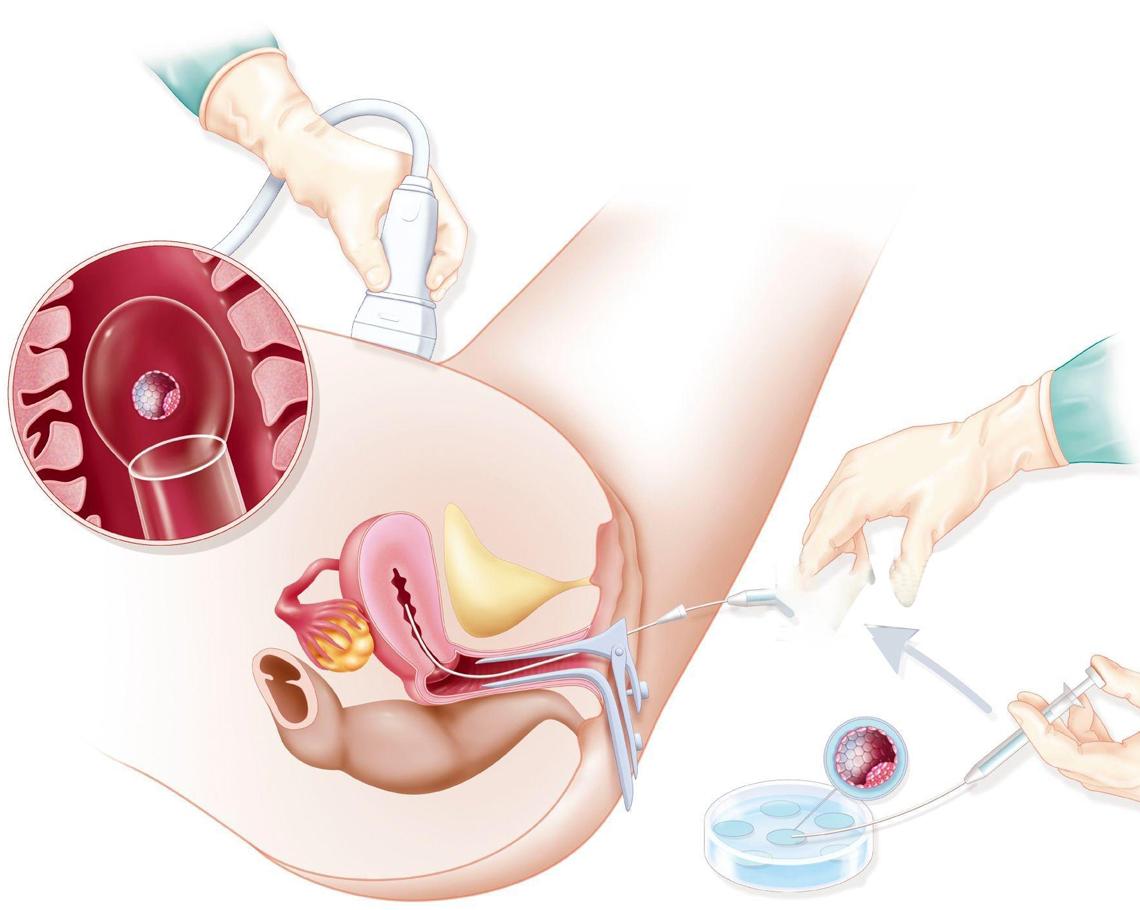
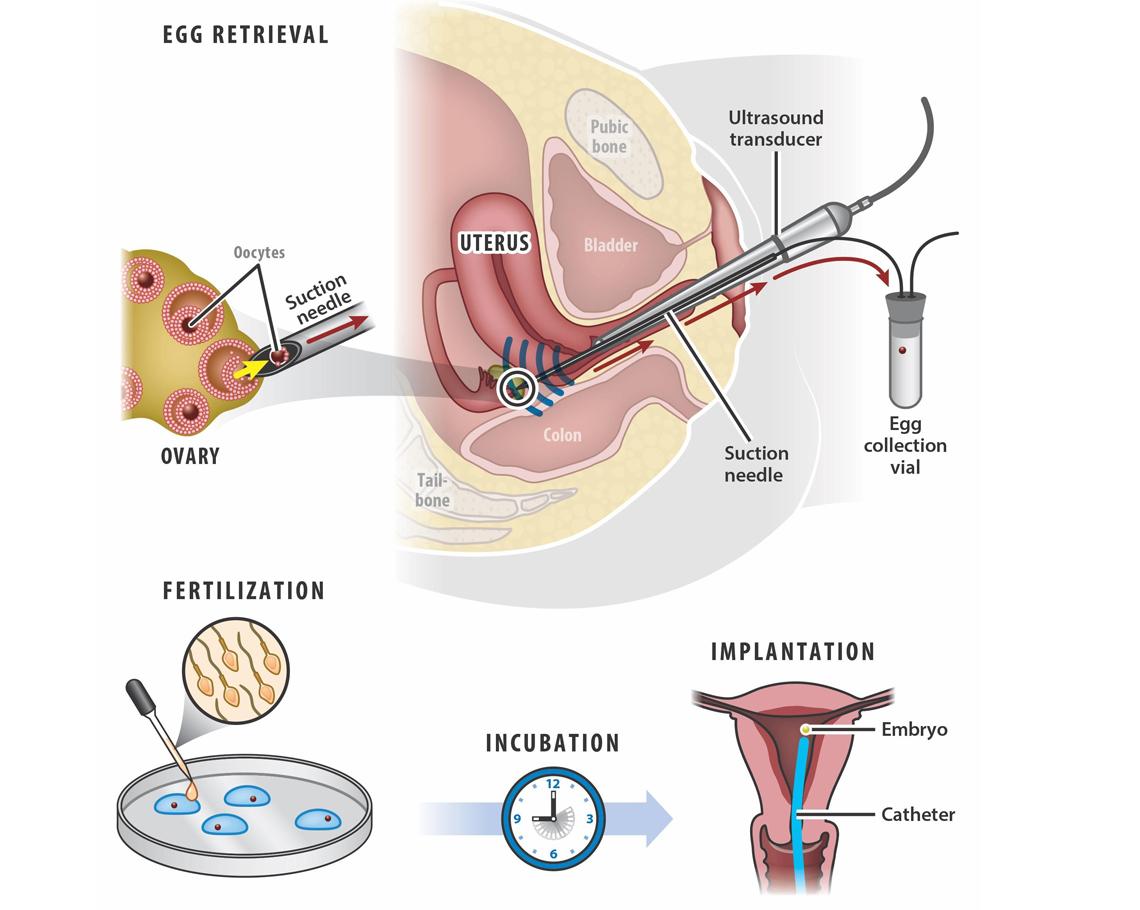
Egg Retrieval
Once the needle is inside the follicle, suction is created which pulls the egg and the fluid through the needle and into a collection tube. When one follicle is drained, the needle is gently repositioned to collect fluid from each adjacent follicle.
This is done for both ovaries. The follicular fluid is given to the embryologist, who examines it under a microscope to find the eggs. The entire procedure takes approximately 20 minutes.
After one hour of observation in the recovery room, patients are allowed to return to their home or hotel.
Embryo Grading
Good quality embryos divide rapidly, have equal cells with clear cytoplasm, and have only few fragments. Some IVF clinics classify the embryos into grade one, two, three and four.
- Grade one are the best quality embryos, these have a higher chance of implantation than those of grade 4. Research has shown that up to one third of embryos are genetically abnormal.
There is no guarantee that a normal looking embryo will be genetically normal. How embryos attach and implant into the womb remains a mystery


